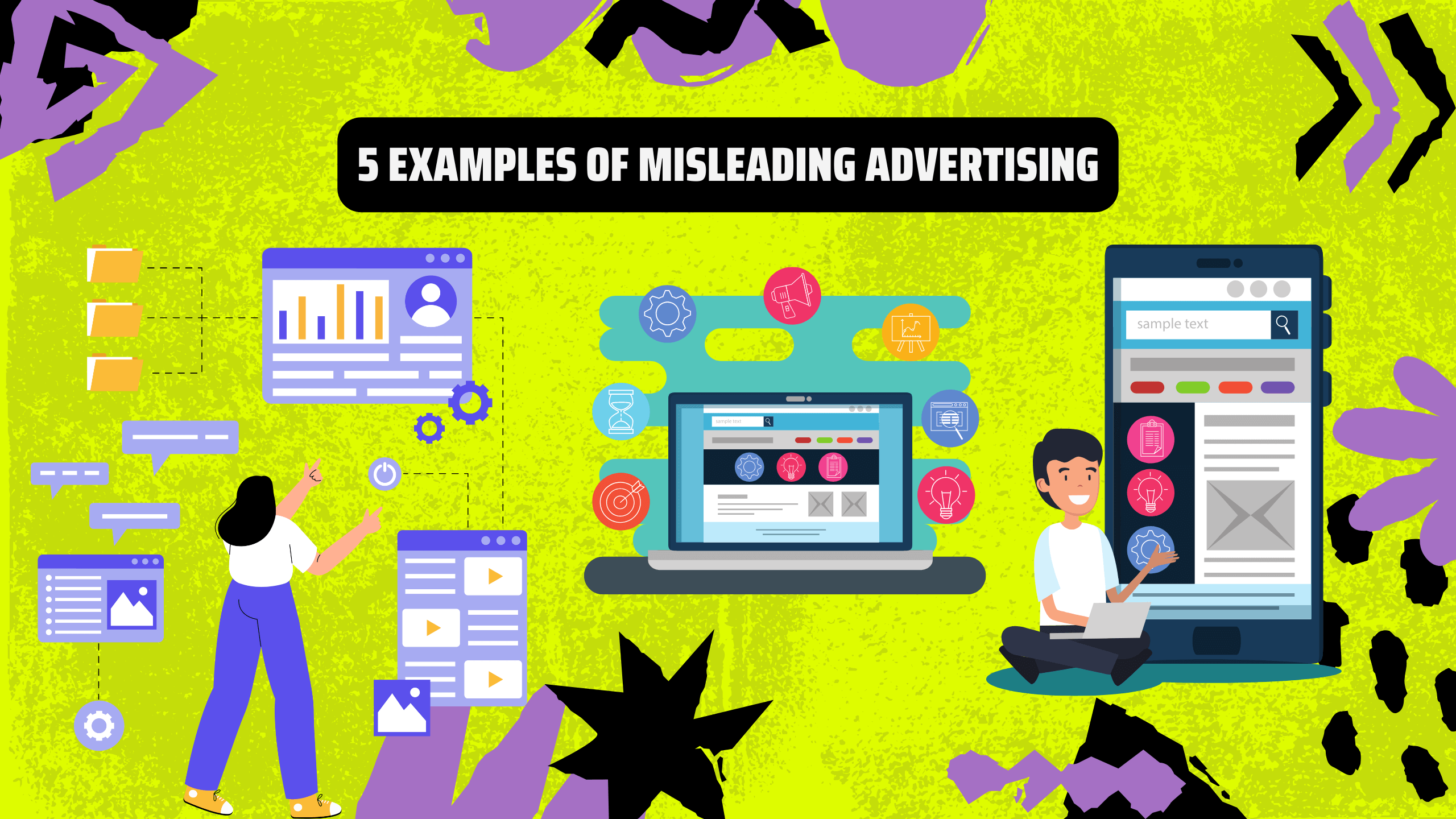In the bustling landscape of digital advertising, every click, every impression, and every conversion leaves an invisible trail. This trail, brought to life by ad tracking, is the key to unlocking a treasure trove of information that can shape the way you connect with your audience and maximize your ad campaign’s effectiveness.
I. About Ad Tracking
At its core, ad tracking is the practice of monitoring and analyzing the performance of your advertisements across various channels and platforms. It’s a multidimensional endeavour that encompasses several essential pillars.
II. Types of Ad Tracking
1. Click Tracking: The foundation of ad tracking, click tracking allows you to monitor user interactions with your ads. It reveals which ads are driving clicks, where those clicks originate, and the subsequent actions users take.
2. Impression Tracking: Impressions are the initial touchpoints with your audience. Tracking impressions helps you gauge the reach of your ads and assess their visibility across different platforms.
![]()
3. Conversion Tracking: The holy grail of ad tracking, conversion tracking unveils the journey from impression to action. It sheds light on which ads result in desired actions, whether it’s a purchase, sign-up, or download.
4. User Behavior Tracking: Understanding user behaviour beyond the initial interaction is invaluable. Ad tracking allows you to follow users’ digital footsteps, revealing patterns, preferences, and opportunities for engagement.
III. The Insights Unveiled by Ad Tracking
1. Performance Evaluation: Ad tracking empowers you to gauge the performance of each ad with precision. You can assess which ads resonate most with your audience, guiding future creative decisions.
2. Audience Segmentation: By tracking user behaviour, you can segment your audience based on their interests, behaviours, and interactions. This segmentation lays the groundwork for targeted campaigns that speak directly to specific user groups.
3. Optimization Opportunities: The data harvested from ad tracking offers a goldmine of optimization opportunities. From refining the ad copy to adjusting placement strategies, you can fine-tune your campaigns for maximum impact.
IV. The Art of Ad Tracking Implementation
1. Pixel Tracking: Pixel tracking involves embedding a snippet of code, known as a pixel, onto your website or landing page. This pixel records user interactions and relays the data to your ad-tracking platform.
![]()
2. UTM Parameters: UTM parameters are tags added to the URLs of your ads. They provide additional data to your ad tracking tools, offering insights into the source, medium, and campaign that led users to your site.
V. Ad Tracking Tools and Platforms
A robust arsenal of ad-tracking tools exists to cater to publishers of all sizes. From Google Analytics to Facebook Pixel and beyond, these platforms provide a comprehensive suite of tracking and analysis capabilities.
VI. Challenges and Considerations in Ad Tracking
Ad tracking isn’t without its challenges. The rise of ad blockers and evolving privacy regulations necessitates a careful balance between insightful tracking and respecting users’ privacy.

VII. The Future of Ad Tracking
The trajectory of ad tracking is intertwined with advancements in technology. Machine learning and AI are poised to elevate ad tracking to new heights, offering predictive insights and automation that amplify the effectiveness of campaigns.
Conclusion: Charting New Courses with Ad Tracking
In the bustling and complex world of digital advertising, ad tracking stands as a beacon of clarity. It’s the guide that helps you decipher the digital footprints left by your ads, transforming raw data into actionable insights. By embracing ad tracking, publishers can uncover the nuances of user behaviour, optimize their campaigns, and chart new courses towards unparalleled advertising success.
So, as you embark on your advertising odyssey, remember that ad tracking isn’t just a tool; it’s a navigator that can lead you to the shores of greater engagement, deeper insights, and a brighter digital future.











